It’s not every day you hear about an entire country being outnumbered by sheep, but in Iceland, this is reality. In a land defined by volcanoes, glaciers, and an almost mystical beauty, it is the sheep who hold the true power—at least in numbers. When the snow melts and the days stretch endlessly under the Midnight Sun, something magical happens: the sheep break free from winter’s grip and flood the wilderness, transforming the landscape in ways that are as surprising as they are enchanting. This annual takeover is more than just a quirky fact; it’s a living reminder of Iceland’s deep-rooted connection between people, animals, and land. Let’s journey through this remarkable phenomenon and discover what really happens when Iceland’s sheep rule the summer.
A Surprising Population Dynamic
Iceland’s human population hovers around 400,000 people—a modest number considering the country’s vast, wild terrain. However, sheep numbers regularly exceed this, often reaching nearly 800,000 during the height of lambing season. This means that for every Icelander, there are roughly two sheep roaming the island. Such a ratio is almost unheard of in other parts of the world and gives Iceland a unique social and ecological dynamic. The overwhelming presence of sheep is not just a rural curiosity but a fact that shapes the nation’s culture and economy in profound ways.
The Ancient Roots of Icelandic Sheep Farming
Sheep farming in Iceland dates back to the earliest Norse settlers over 1,100 years ago. The hardy Icelandic sheep are direct descendants of those brought by the Vikings, selectively bred over centuries to withstand the island’s harsh winters and unpredictable climate. These animals are a living link to the past, their genetics largely unchanged. The relationship between Icelanders and their sheep is steeped in tradition, with folklore, poetry, and even cuisine reflecting the importance of these resilient animals. For many farming families, sheep are more than livestock—they’re a symbol of endurance and heritage.
Why Sheep Roam Freely in Summer

One of the most astonishing sights in Iceland occurs every spring when sheep are released from their winter shelters. As soon as the snow recedes and grass returns, farmers open the gates, and flocks pour into the mountains, valleys, and highlands. This practice, called “afréttur,” allows sheep to graze on fresh, wild grasses and herbs throughout the endless daylight hours. The free-range lifestyle is believed to produce healthier, tastier meat and wool. It’s a win-win: the sheep thrive on diverse food sources, and the rugged terrain is put to natural use, just as it has been for centuries.
The Science Behind the Sheep Takeover
There’s more to Iceland’s summer sheep surge than tradition—it’s a marvel of biology and ecology. Free-ranging sheep help maintain the balance of native plant species by grazing, which prevents certain grasses from overtaking others. Their movement across the landscape helps fertilize the soil, supporting new growth. Researchers have observed that this seasonal grazing acts as a form of “natural landscaping,” shaping the very look and health of Iceland’s ecosystems. However, managing the balance between grazing and overgrazing is crucial to prevent soil erosion and protect fragile habitats.
The Annual Roundup: Réttir
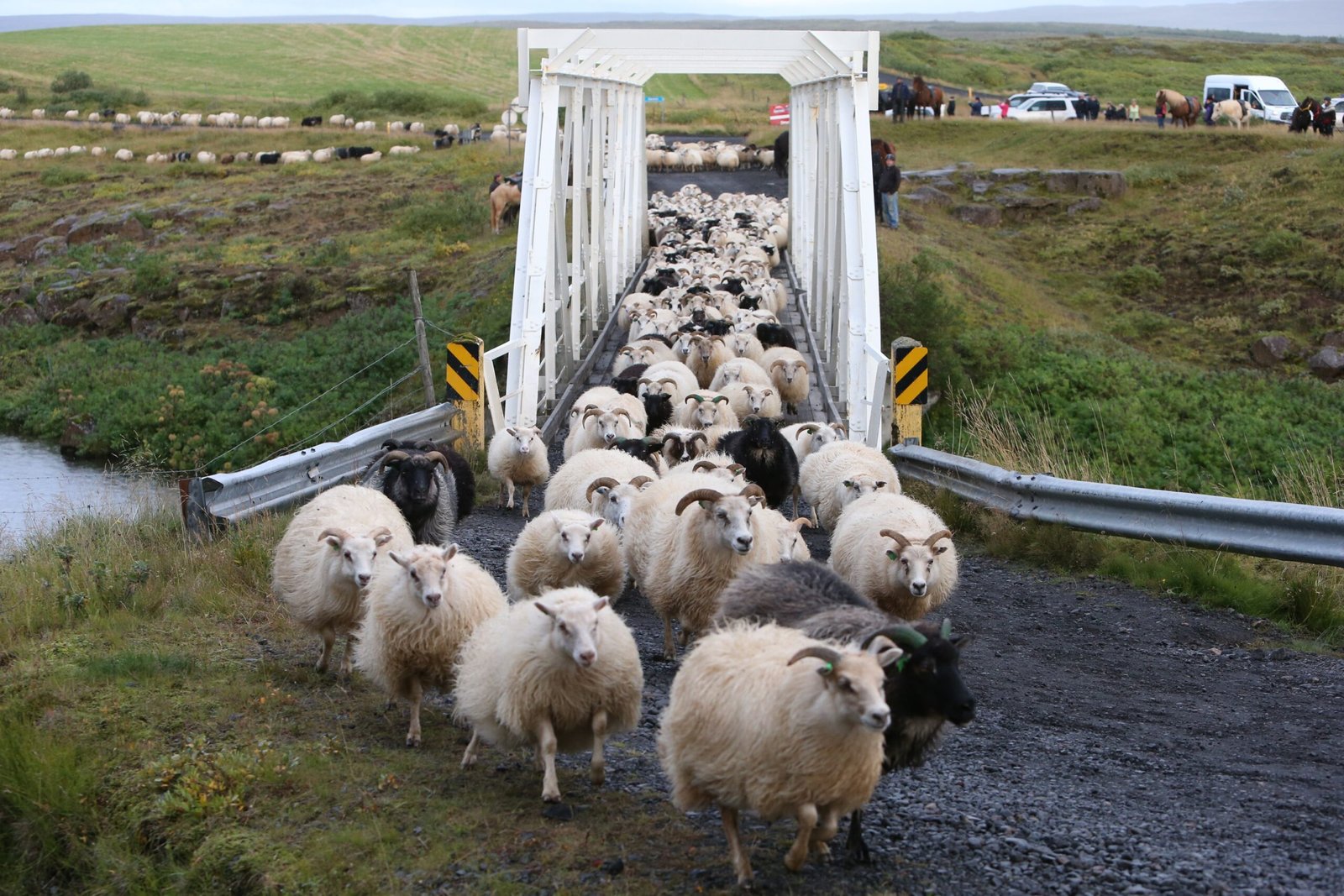
When autumn arrives and the air turns crisp, it’s time for one of Iceland’s most cherished traditions: Réttir. Farmers, families, and even visitors gather for the great sheep roundup, venturing into the wild to locate and herd thousands of sheep back to their farms. The event is filled with laughter, songs, and a sense of community belonging. It’s not just a practical necessity—it’s a cultural celebration, with generations uniting over the shared task. Children learn from elders, friendships are forged, and the ancient bond between people and land is renewed.
How Sheep Shape the Icelandic Landscape
Sheep are more than passive grazers; they are active architects of Iceland’s scenery. Their selective feeding habits influence which plants dominate the fields and hills. Over time, areas with heavy grazing develop a unique patchwork of grasses, mosses, and shrubs, distinct from untouched regions. This dynamic shapes habitats for birds and other wildlife, creating a living mosaic that reflects the ongoing dance between nature and agriculture. The impact is so dramatic that a keen observer can often spot the line where sheep have grazed just by looking at the vegetation.
The Role of Sheep in Icelandic Cuisine
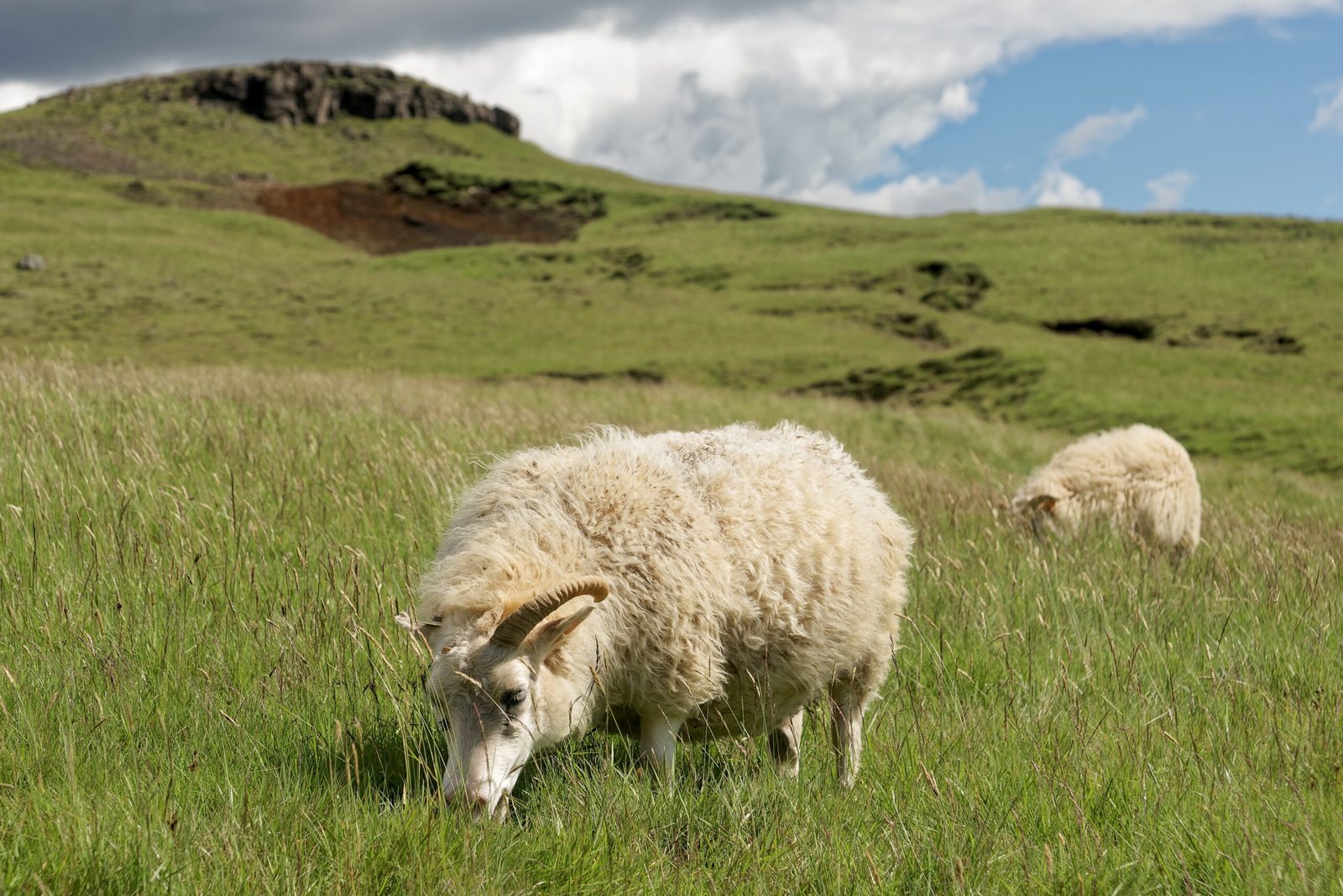
The flavors of Iceland are inseparable from its sheep. Lamb is considered a national delicacy, prized for its tender texture and subtle, herb-infused taste, thanks to the animals’ wild diet. Dishes like “hangikjöt” (smoked lamb) and “kjötsúpa” (lamb soup) are staples at family gatherings and festivals. Wool from Icelandic sheep is equally treasured, spun into thick, warm sweaters that are both functional and iconic. In this way, sheep not only shape the land but also nourish the body and soul of Icelandic society.
Modern Challenges and Climate Change
While sheep farming remains vital, today’s Icelandic farmers face new challenges. Climate change is altering grazing patterns and the timing of plant growth, sometimes leading to mismatches between when sheep are released and when food is abundant. Unpredictable weather events, from sudden snowstorms to heatwaves, can threaten both animals and pastures. Farmers must adapt, using technology and scientific research to ensure the welfare of their flocks and the sustainability of the land. The resilience that defined their ancestors is now more important than ever.
The Emotional Connection: Sheep in Icelandic Culture
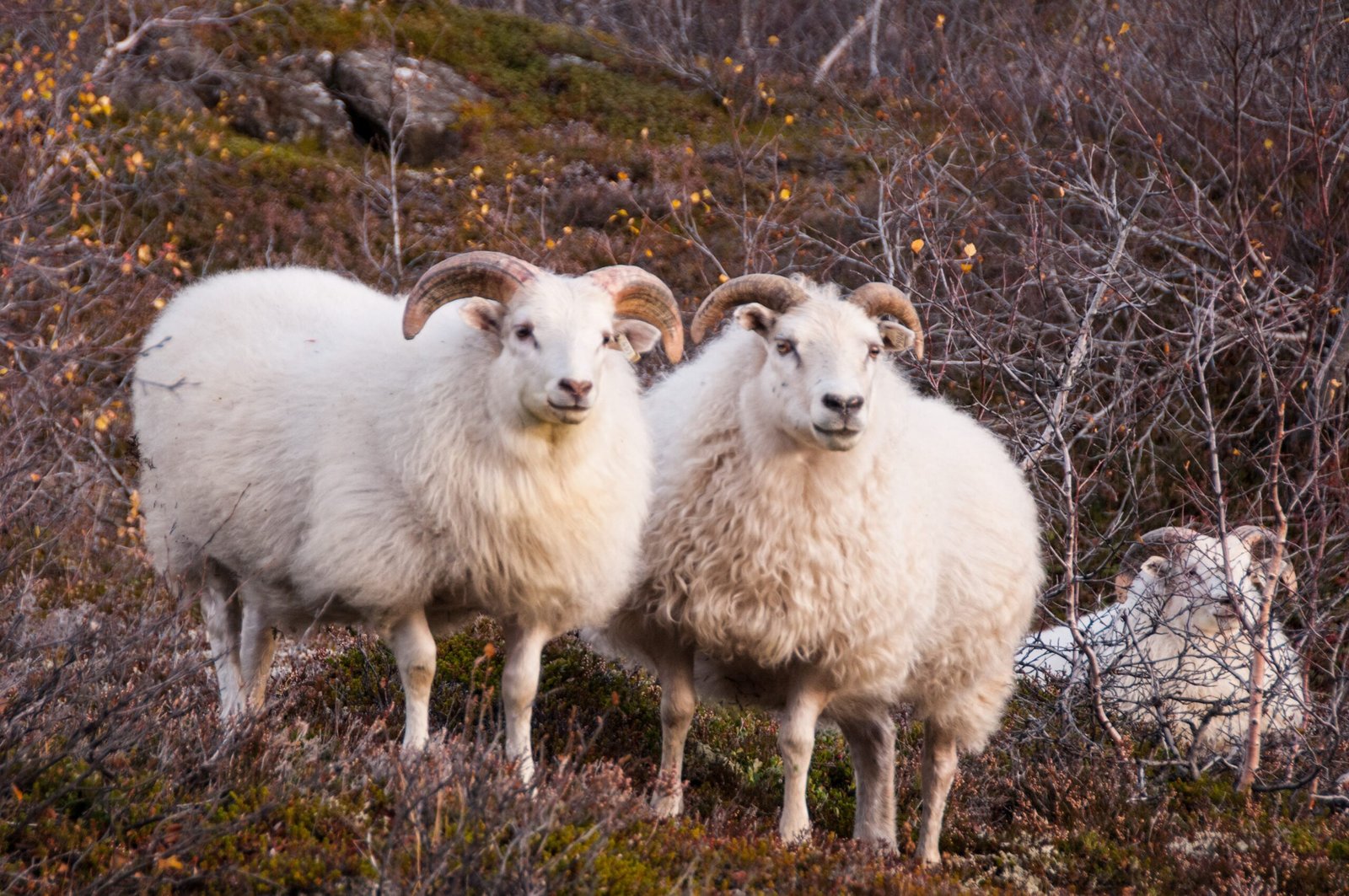
For many Icelanders, sheep are more than animals—they’re companions, traditions, and even sources of inspiration. Stories of heroic sheepdogs, legendary flocks, and wise old rams are passed down through families. Children grow up naming lambs and learning to respect the rhythms of nature. Scenes of sheep dotting the hillsides evoke nostalgia and pride, reminding people of their roots. The sight of a flock silhouetted against a golden sunset is enough to stir the heart of even the most hardened city dweller.
Ecotourism and Sheep in the Icelandic Experience
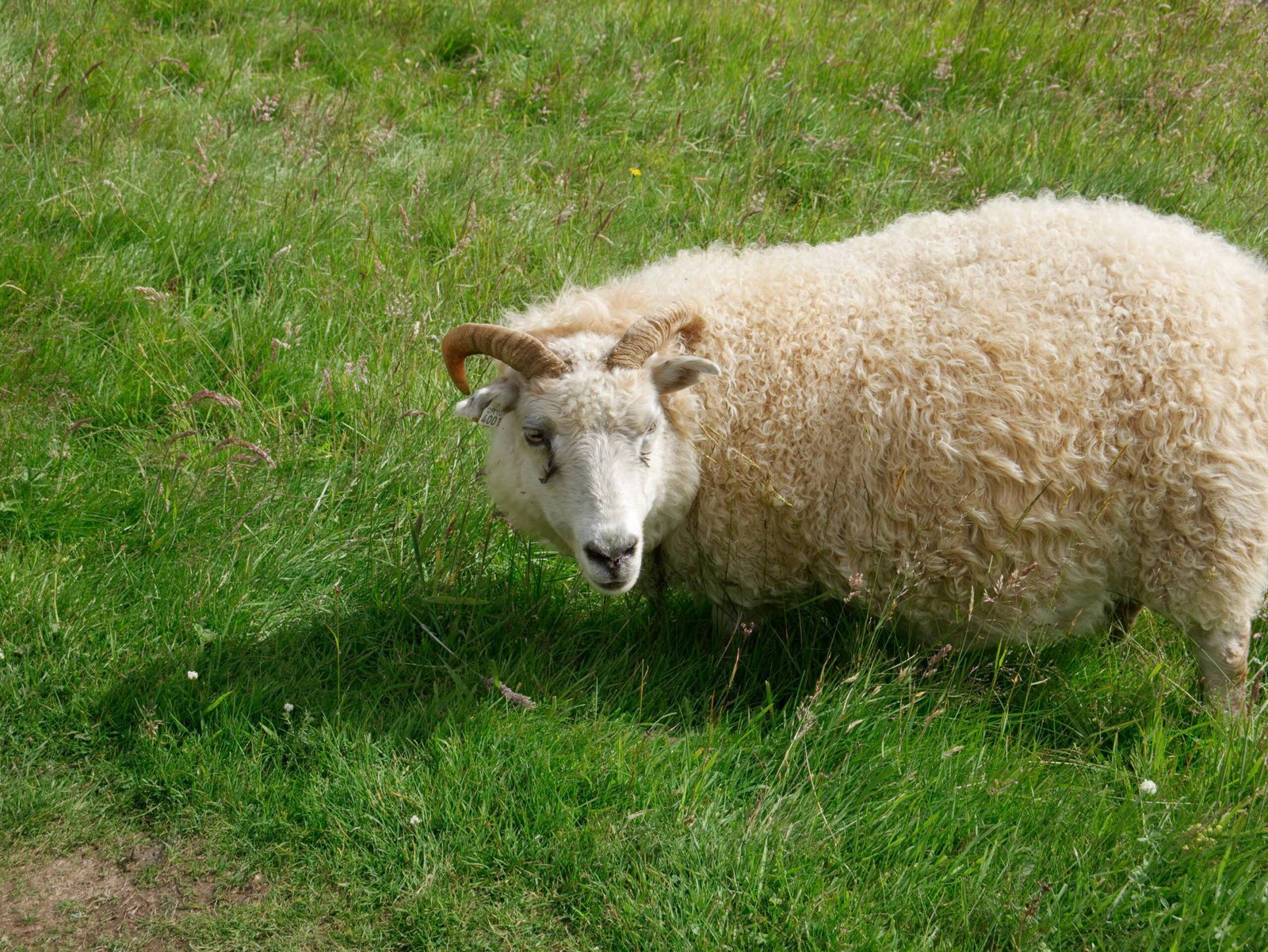
Visitors to Iceland are often amazed by the sight of sheep wandering freely across open roads, meadows, and even lava fields. For many tourists, these encounters become highlights of their trip, capturing the wild spirit of the country. Some farms now offer immersive experiences, inviting guests to participate in roundups or wool spinning, deepening their appreciation for Iceland’s rural life. The sheep, in their quiet way, act as ambassadors, bridging the gap between tradition and modern adventure.
Looking to the Future
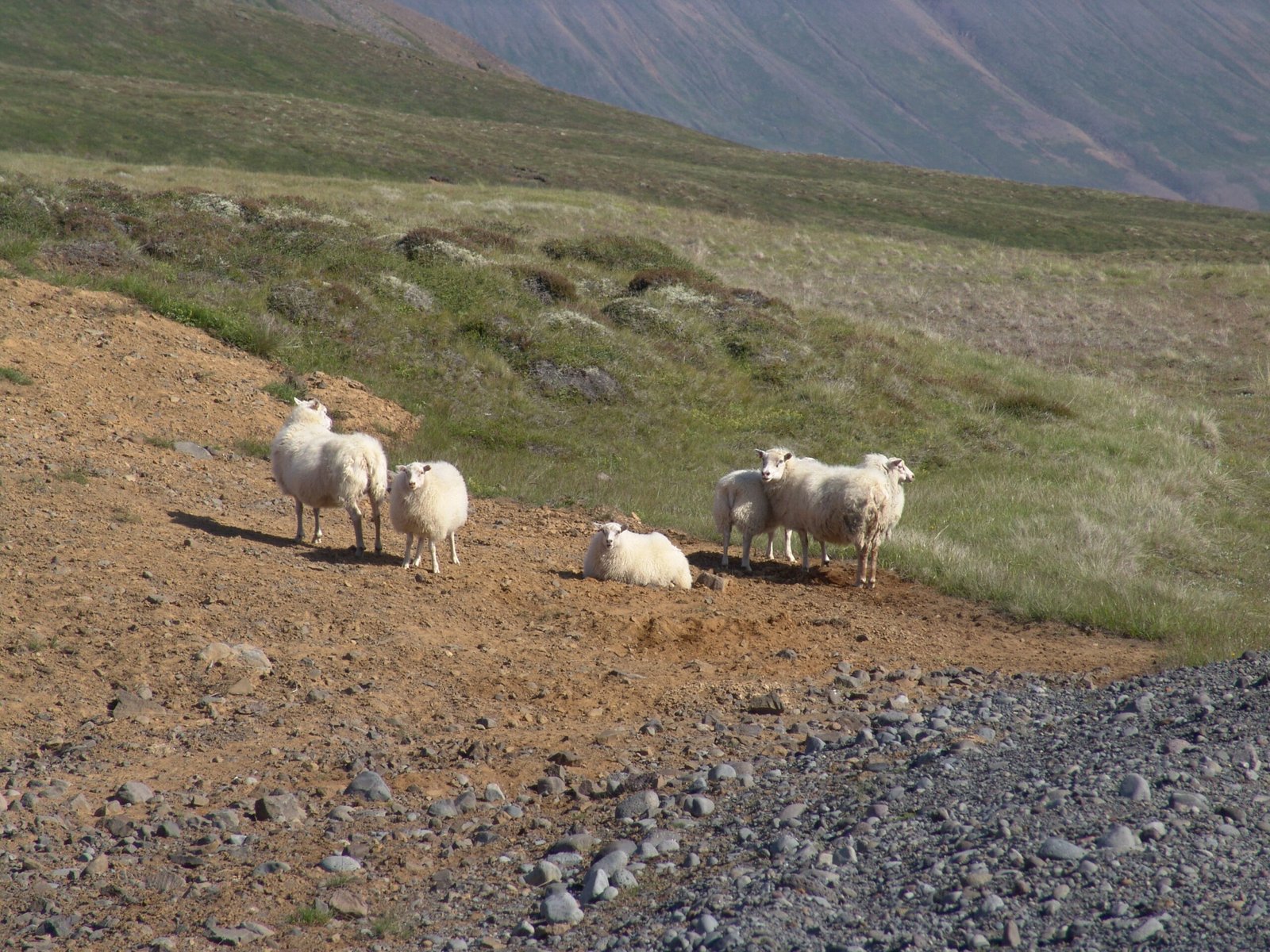
As Iceland continues to evolve, the relationship between people and sheep stands at a crossroads. There is renewed interest in sustainable farming, heritage breeds, and preserving the island’s unique ecosystems. Scientists and farmers are working together to ensure that sheep can continue to roam freely without harming the land. The lessons learned from centuries of coexistence offer hope—not just for Iceland, but for any place where humans and animals share a common home. The story of Iceland’s sheep is still being written, one summer at a time.




